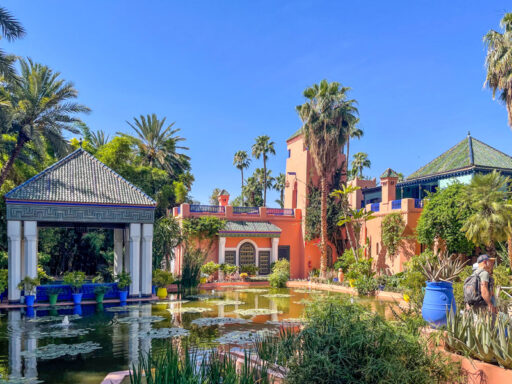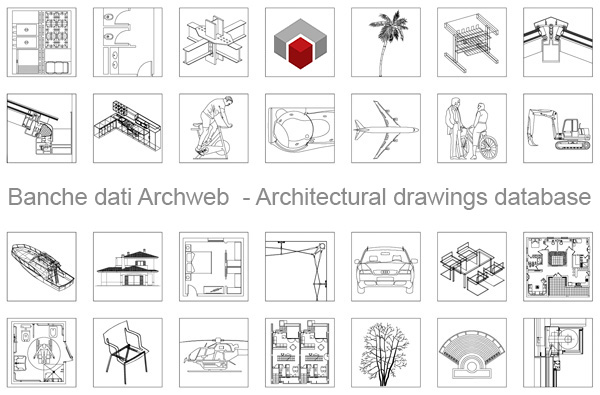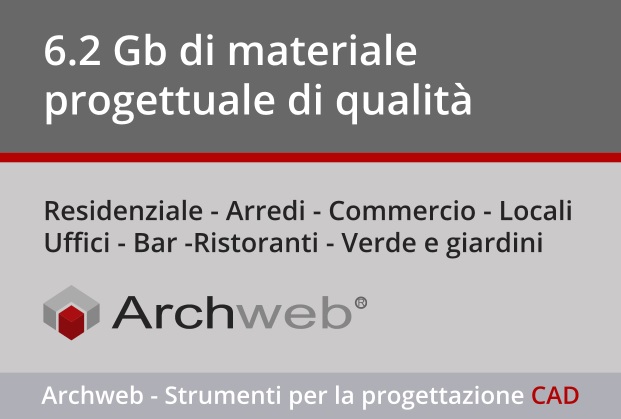Expo 2015 – Pavilion Colombia
Designed to reflect the country's extraordinary biodiversity
Colombia's pavilion at Expo 2015 in Milan was a fascinating example of how a country can represent its cultural, natural and agricultural diversity in an international context. Expo 2015, with the theme 'Feeding the Planet, Energy for Life', provided Colombia with the opportunity to showcase its resources and sustainable practices in agriculture and food production.
Design and Architecture
The Colombian pavilion was designed by Bogota-based Manuel Villa Arquitectos to reflect the country's extraordinary biodiversity, from its Caribbean coastline to the Andes and its rainforests.
The 1907 square metre building was designed by Studio Cardenas Conscious Design of Milan.
From the point of view of sustainability, the building is constructed entirely 'dry', without the use of concrete, with a glulam structure that is easy to assemble and dismantle, also thanks to partial prefabrication. As the size of the individual elements allows for transport by truck and container, this makes it possible for the pavilion to be moved and rebuilt elsewhere once the event is over.
(Source Studiocardenas.it)
The façade is composed of vertical aluminium louvres on whose faces appear different graphics representing Colombia and its Thermal Planes. Through its dynamism it becomes an important low-tech communication tool, in which images (static and passive) are revealed according to the movement of people (active tools) around its perimeter.
Exhibition Route
The route inside the pavilion was divided into several thematic areas, each representing a part of the country:
Biodiversity: A section dedicated to Colombia's rich flora and fauna, with displays of plants, flowers and animals typical of the various regions.
Sustainable Agriculture: Colombia's traditional and modern agricultural methods were shown here, with a focus on sustainable practices and the production of coffee, cacao, tropical fruit and other agricultural products.
Culture and Traditions: Part of the pavilion was reserved for Colombian culture, with displays of art, music, dance and gastronomy, to give visitors a complete experience of the country's traditions.
Interactive Experiences
The pavilion also offered interactive experiences, such as multimedia projections, art installations and tastings of typical products. These activities were designed to engage visitors and introduce them more closely to Colombia's natural and cultural riches.
Objectives
The main objective of the pavilion was to promote the image of Colombia as a country rich in biodiversity, culture and agricultural potential. It also wanted to highlight the country's efforts to protect the environment and promote sustainable development.
Colombia's pavilion was one of the most visited and appreciated at Expo 2015, leaving a lasting impression on visitors and helping to improve the international perception of the country.





















































































































